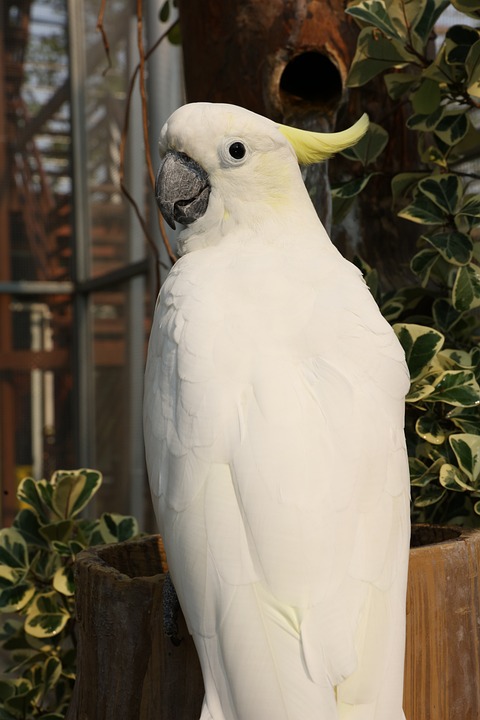Parrot training can be a fun and rewarding experience, but it’s not uncommon for parrots to lose interest in training sessions from time to time. However, there are several strategies that you can implement to keep your parrot engaged and enthusiastic throughout the training process. In this article, we will explore these effective strategies to help you successfully train your parrot.
Consistency is key when it comes to training your parrot. Parrots thrive on routine, so it’s important to establish a consistent training schedule. Set aside specific times each day for training sessions and stick to them. This will help your parrot understand when it’s time to focus and learn.
Reinforcement plays a crucial role in parrot training. Positive reinforcement, such as treats, verbal praise, or a favorite toy, can be a powerful motivator for your parrot. Whenever your parrot exhibits the desired behavior, reward them immediately to reinforce that behavior. This will encourage them to continue learning and engaging in training exercises.
Setting realistic training goals is also important. Break down complex behaviors into smaller, manageable steps. This will make it easier for your parrot to understand and learn. Celebrate each milestone achieved, no matter how small, to keep your parrot motivated and interested in the training process.
Creating an enriching environment for your parrot can also help keep them engaged in training. Provide interactive toys and puzzles that stimulate their natural curiosity and intelligence. Rotate these toys regularly to keep them fresh and exciting. Introduce new enrichment activities periodically to challenge your parrot and prevent boredom.
Making training sessions fun and engaging is essential. Incorporate play and social interaction into your training sessions to keep your parrot excited and motivated. Use target training techniques, where you teach your parrot to touch a target stick or object, to add variety and engagement to the training process. Introduce different training exercises to keep your parrot’s interest and prevent monotony.
Taking breaks and avoiding overtraining is crucial. Pay attention to signs of fatigue or overwhelm in your parrot. If they appear tired or disinterested, it’s best to end the session and give them a break. Shorter, frequent training sessions are more effective than long, exhausting ones. Set aside non-training time for bonding and social interaction to strengthen the bond between you and your parrot.
Addressing common training challenges is important to ensure successful training. Distractions and environmental factors can hinder your parrot’s focus during training. Choose a quiet and familiar environment for training sessions, away from potential distractions. Gradually introduce distractions once your parrot has become more responsive and focused.
If your parrot develops fear or mistrust towards certain training tools, address their fear gradually and patiently. Start by introducing the tool from a distance and gradually decrease the distance over time. Pair each exposure with positive reinforcement to help your parrot associate the tool with positive experiences.
Unwanted behaviors can occur during training sessions. Instead of focusing on the unwanted behavior, redirect your parrot’s attention to a desired behavior using positive reinforcement. Consistency and patience are key when addressing unwanted behaviors.
In conclusion, by implementing these strategies and addressing common challenges, you can keep your parrot engaged and motivated during training sessions. Remember to be patient and tailor your training approach to suit your parrot’s individual needs and preferences. With time and effort, you and your parrot can enjoy a successful and rewarding training journey. Happy training!









